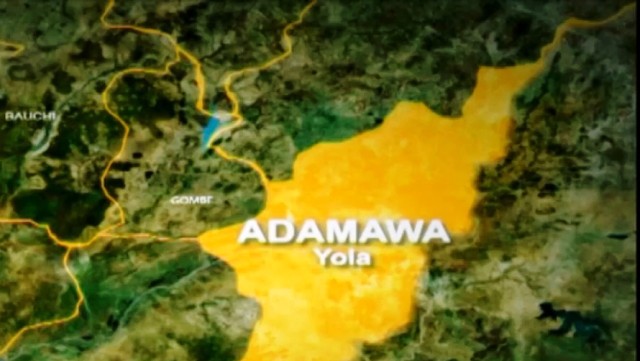The Adamawa State Government says it has reinstated 1,699 workers who were disengaged from service by the past administration.
Solomon Kumangar, the Director General, media and communications to Gov Ahmadu Fintiri, announced this to the News Agency of Nigeria (NAN) in Yola on Monday.
He said the affected workers were 699 batch D teachers who were earlier recruited and deployed to primary and secondary schools, saying they had been reinstated to service.
He added that 1,000 health workers were also reinstated into the service, saying their earlier disengagement was due to the faulty process in their recruitment by the previous administration.
“We conducted discreet investigation to determine anomalies with a view to right the wrong committed during their recruitment as we don’t witchunt anybody, ” he said.
Mr Kumangar noted that the present administration had recently recruited 70 additional Vehicle Inspection Officers (VIOs) to enhance the road traffick sector.
He said the initiative would promote good road culture among the motorists and promote road safety and ensure road worthiness of vehicles and capability of drivers plying the roads.
“This would also enhance revenue generation drive of the government through issuance of vehicle particulars and sanctioning of erring motorists.”
He added that the government had recently recruited 2,000 additional science teachers and they had been deployed to secondary schools to teach the major science subjects.
He explained that the initiative was aimed at promoting science education with the view to make the state catch up with the current global trend in science and technology.
“We have recently converted many of the Governnent House staff to permanent and pensionable staff, instead of being casual or working on temporary status.”
The News Agency of Nigeria reports that the Adamawa state government had employed 1,113 technical health workers who were deployed to rural areas for wider and effective coverage of existing health facilities.
NAN

Call:
Sandra - 07069148333
Pauline - 08174374150
Scholastica - 09060678434













